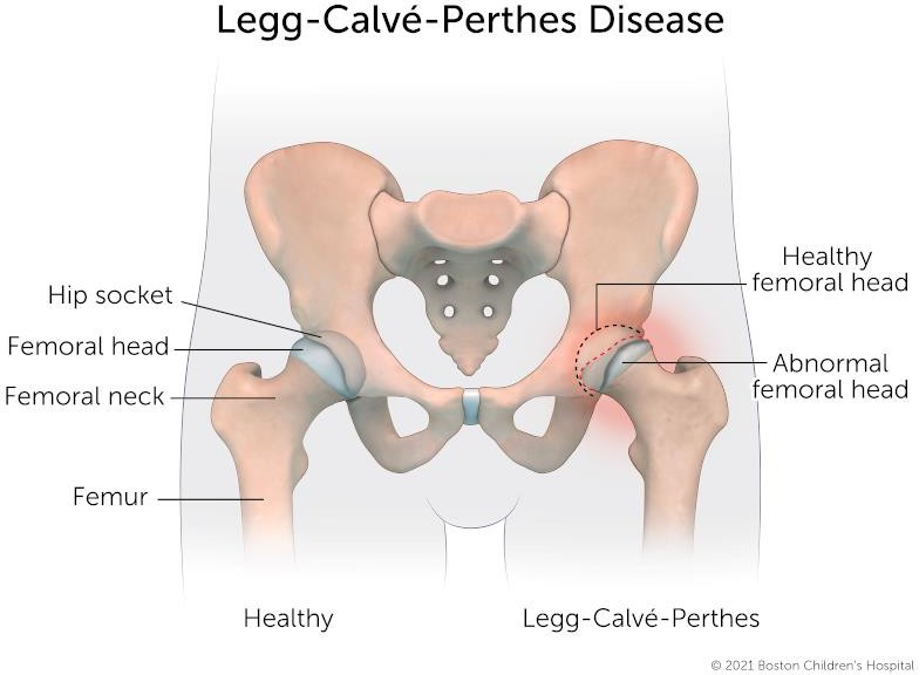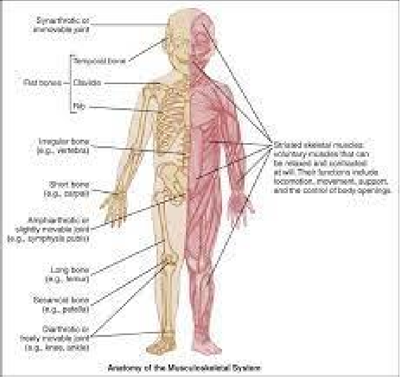What is the best response for the nurse to give a parent about contacting the physician regarding an infant with diarrhea?
"Call the doctor immediately if the infant has a temperature greater than 100° F."
"Call your paediatrician if the infant has not had a wet diaper for 6 hours.
The paediatrician should be contacted if the infant has two loose stools in an 8-hour period."
"Notify the paediatrician if the infant naps more than 2 hours
The Correct Answer is B
The best response for the nurse to give a parent regarding contacting the physician about an
infant with diarrhea is option B. In infants, dehydration can occur quickly, and a decrease in
urine output is an important indicator of fluid imbalance. Not having a wet diaper for 6 hours
can be a sign of inadequate fluid intake or excessive fluid loss, which warrants contacting the
paediatrician for further assessment and guidance.
"Call the doctor immediately if the infant has a temperature greater than 100° F,"in (option
A) is incorrect because it is not directly related to the concern of diarrhea. While a high fever
can be a sign of an underlying infection, it is not the primary concern in this case.
"The paediatrician should be contacted if the infant has two loose stools in an 8-hour
period,” in (option B) is incorrect because it may not necessarily require immediate medical
attention. While increased frequency of stools can be concerning, the absence of urine output
is a more critical indicator of dehydration.
"Notify the paediatrician if the infant naps more than 2 hours," in (option D) is incorrect
because it is unrelated to the concern of diarrhea and dehydration.
Nursing Test Bank
Naxlex Comprehensive Predictor Exams
Related Questions
Correct Answer is B
Explanation
Legg-Calve-Perthes disease, also known as Perthes disease, is a childhood condition that affects the hip joint. It occurs due to a disruption in the blood supply to the femoral head (epiphysis), which can lead to bone death (avascular necrosis) and subsequent deformity of the femoral head.
It is essential for parents to understand that Legg-Calve-Perthes disease is not an acute illness that lasts for a short duration (Option A). It is a chronic condition that typically progresses over a period of months or years.
stating that it is caused by a virus, in (option C) is incorrect. The exact cause of Legg-Calve- Perthes disease is not fully understood, but it is not caused by a viral infection. It is believed to be related to multifactorial factors, including genetic and vascular factors.
stating that it primarily affects adults, in (option D) is incorrect. Legg-Calve-Perthes disease predominantly affects children, typically between the ages of 4 and 8 years old, during the period of rapid growth.

Correct Answer is C
Explanation
Infants and children have open growth plates, also known as epiphyseal plates, at the ends of
their long bones. These plates are responsible for bone growth and are not fully fused until
the child reach skeletal maturity. Due to the presence of open growth plates, infants and
children are more prone to fractures because their bones are still developing and are less
dense than those of adults.
Their bones have less blood flow in (Option A) is incorrect because cchildren’s bones
actually have a greater blood flow compared to adults. This increased blood flow supports the
rapid growth and development of bones in children.
Growth occurs in children as a result of an increase in the number of muscle fibers in (option
B) is incorrect because ggrowth in children occurs primarily due to the elongation and
thickening of existing muscle fibres, not an increase in their number. This option inaccurately
suggests that children's muscles increase in fibber count to facilitate growth.
Because soft tissues are resilient in children, dislocations and spirals are less common than in
adults in (Option D is) incorrect. While soft tissues may be more resilient in children, it does
not mean that dislocations and sprains are less common than in adults. In fact, children's
ligaments and joint structures are still developing and may be more susceptible to injuries
such as sprains and dislocations compared to adults.

Whether you are a student looking to ace your exams or a practicing nurse seeking to enhance your expertise , our nursing education contents will empower you with the confidence and competence to make a difference in the lives of patients and become a respected leader in the healthcare field.
Visit Naxlex, invest in your future and unlock endless possibilities with our unparalleled nursing education contents today
Report Wrong Answer on the Current Question
Do you disagree with the answer? If yes, what is your expected answer? Explain.
Kindly be descriptive with the issue you are facing.
